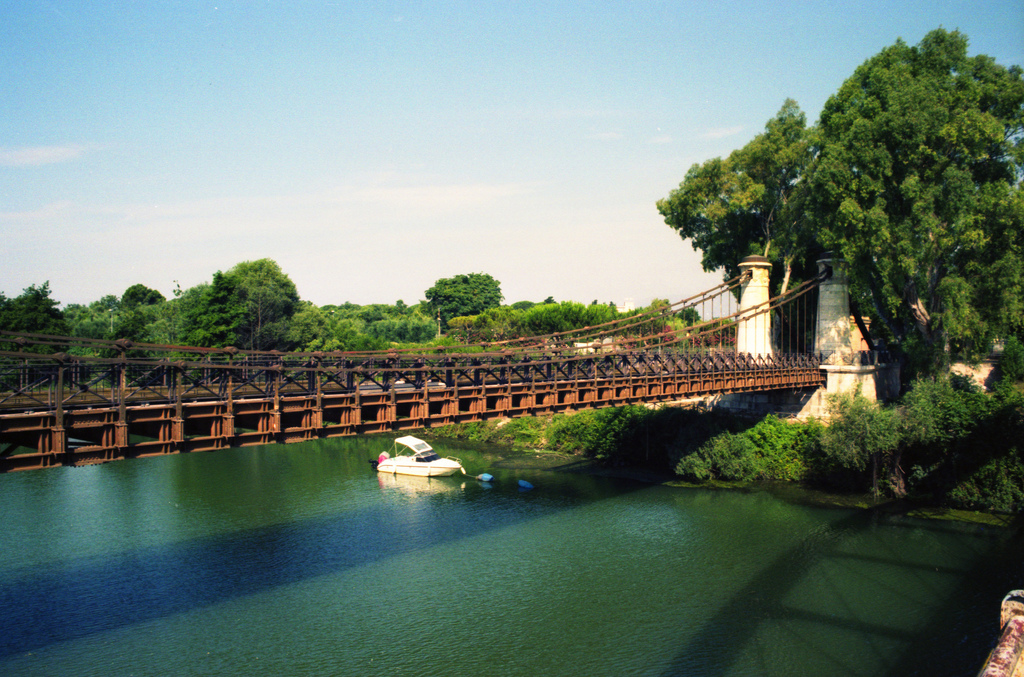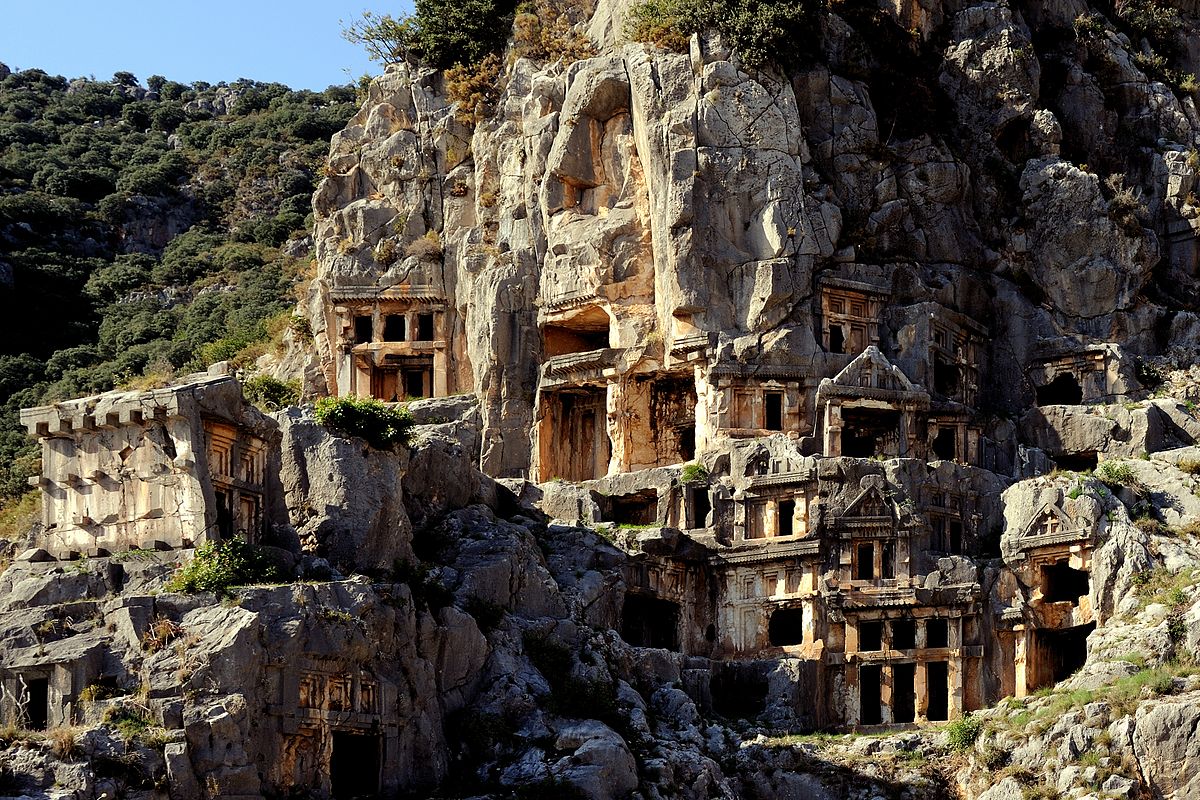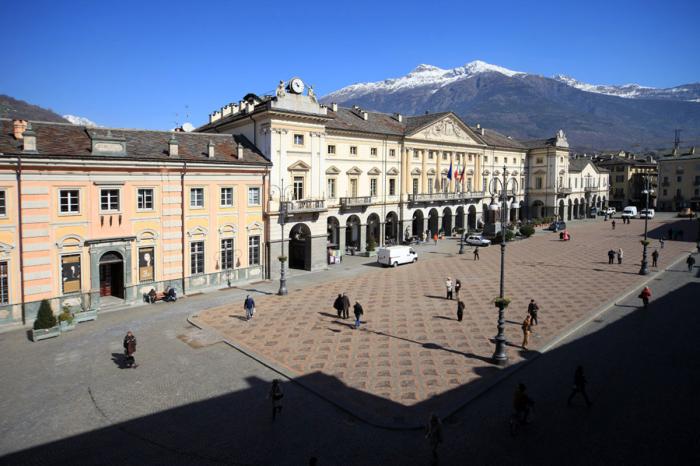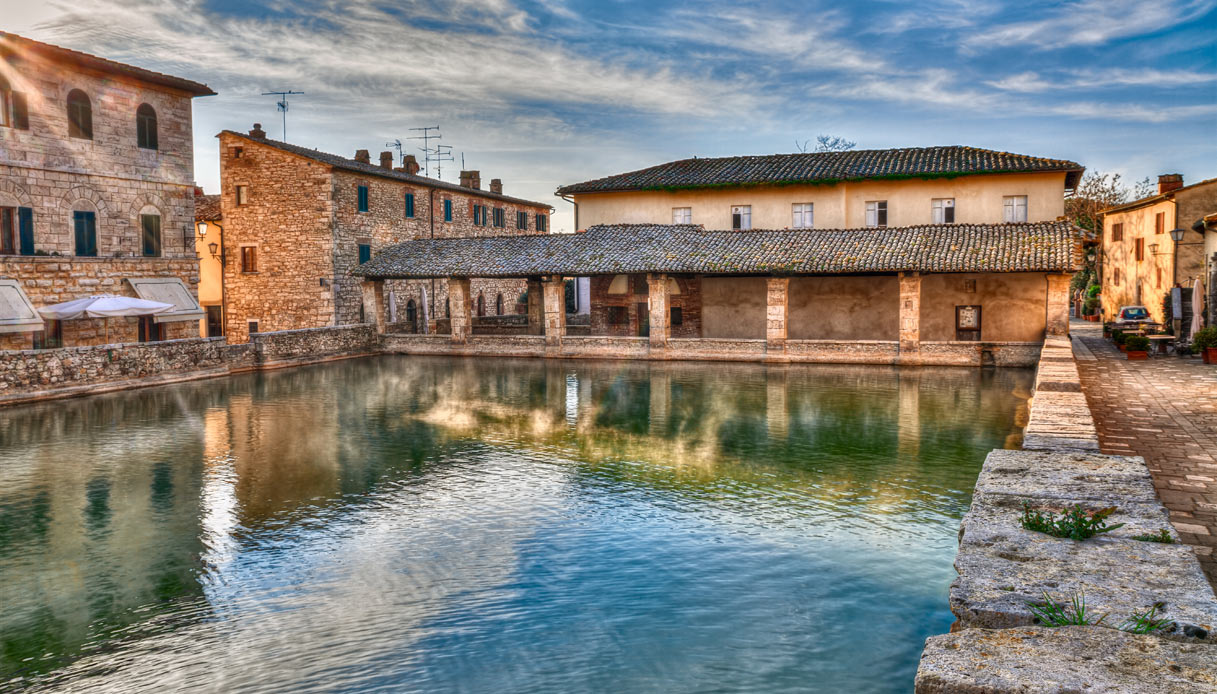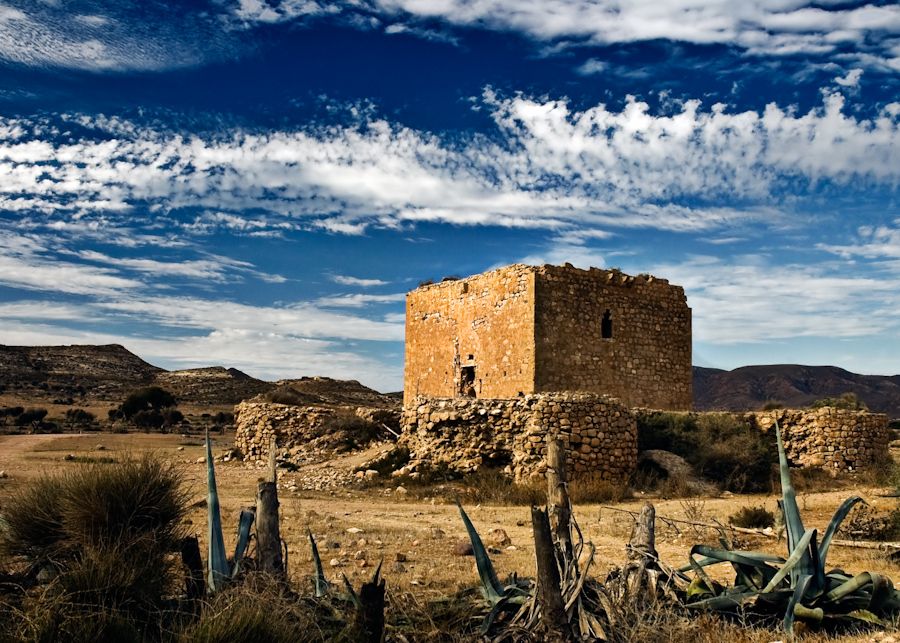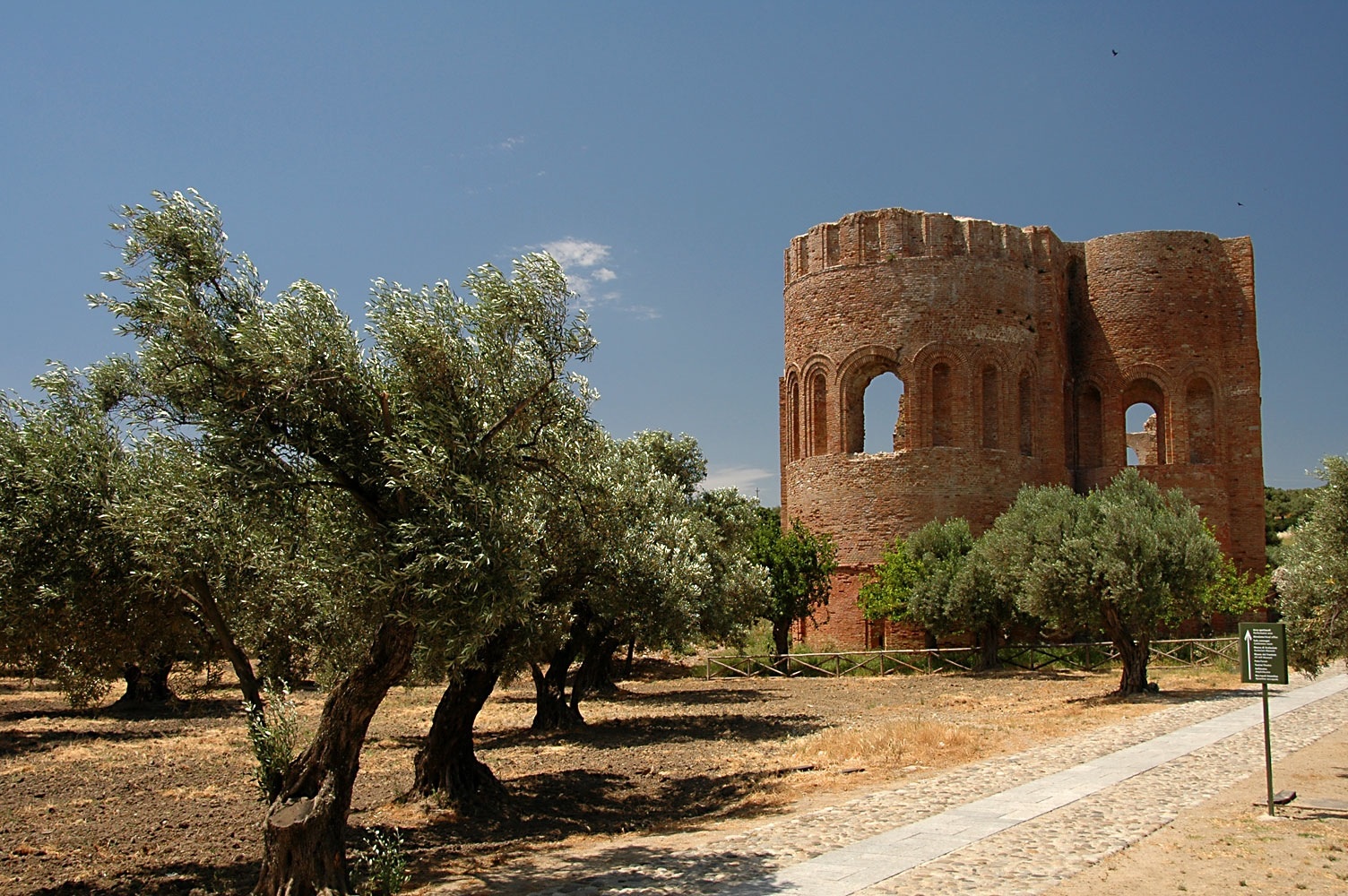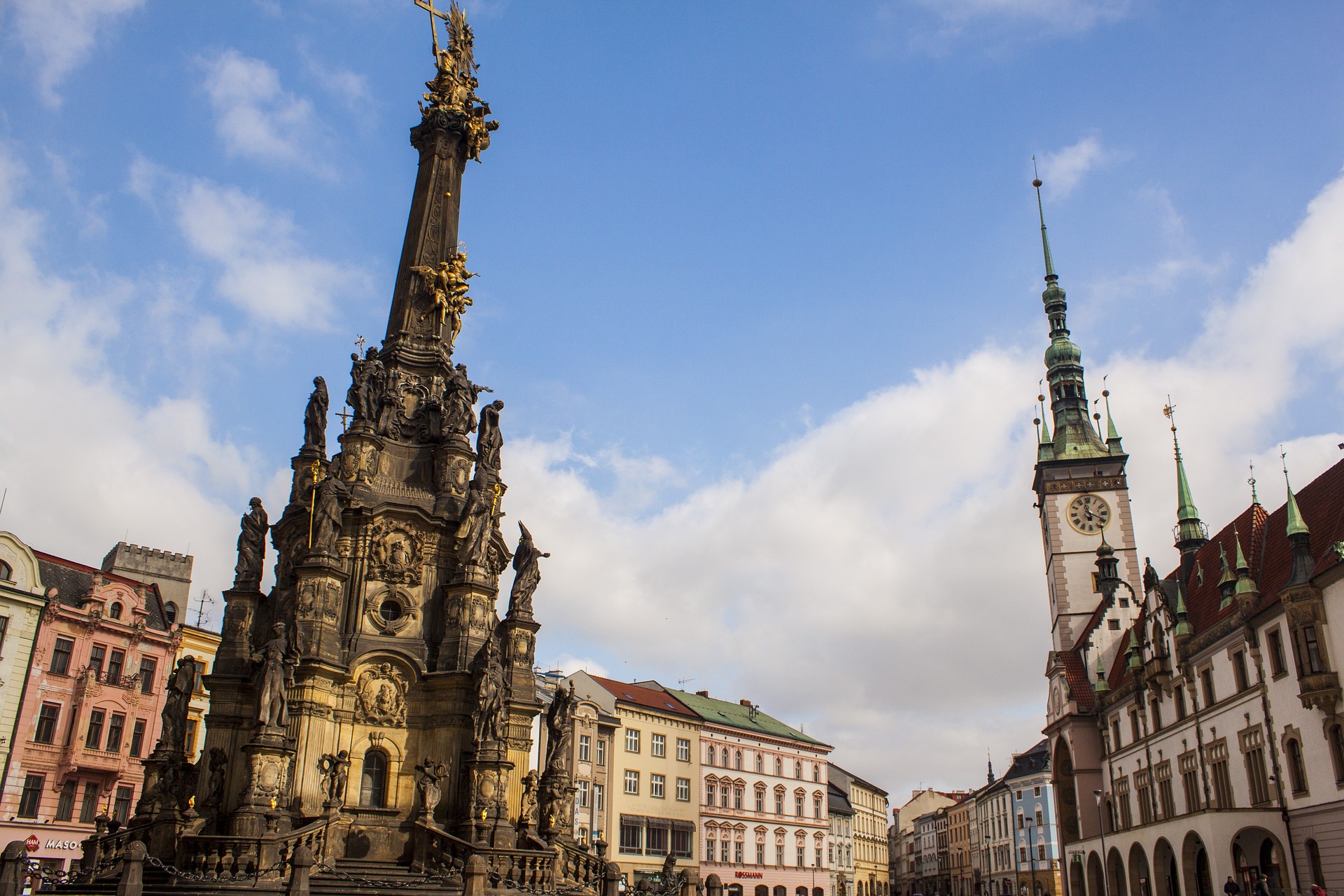In 1828 Francis I of Bourbon commissioned engineer Luigi Giura to carry out the work. On February 21 he carried out the inspection on the Garigliano, which lasted a full 7 days. This apprehension arose from the news coming from France and England: many similar bridges had suddenly collapsed. Jura had studied that to increase the strength of the soft iron it needed nickel, which was produced in the Mongiana ironworks itself. The beams thus composed were mechanically stiffened by drawing by means of a special "astatesa" machine designed by himself.
Discouraging the work of the Neapolitans was a heavyweight article in the English newspaper The Illustrated London News that read as follows:
"[We have] perplexities about the design and construction skills of the Neapolitans and lively concerns about the fate of the poor subjects, the sure victims of this vain experiment of fools dictated only by the desire to excel."
It is said that, faced with protests from some people connected to the court, King Ferdinand II, who succeeded his father Francis, exclaimed, "Lassate fa ‘o guaglione."
On May 4, 1832, the same English newspaper speculated that the bridge was ready but had not yet been tested for fear of its certain collapse. On May 10, 1832 Ferdinand II appeared in front of the bridge’s support towers at the head of two squadrons of mounted lancers and 16 heavy artillery wagons, filled with materials and ammunition.
Despite the less than rosy forecast, the bridge passed the mighty test. Afterwards there was a blessing by the Bishop of Gaeta followed by the people in procession, and afterwards fireworks, dancing and singing began in a jubilant crowd.
